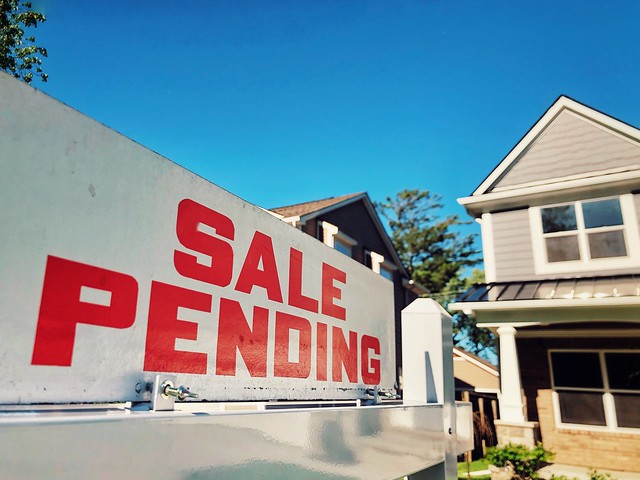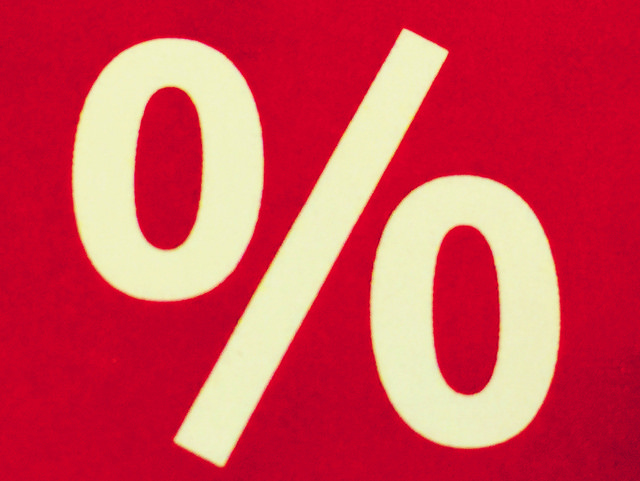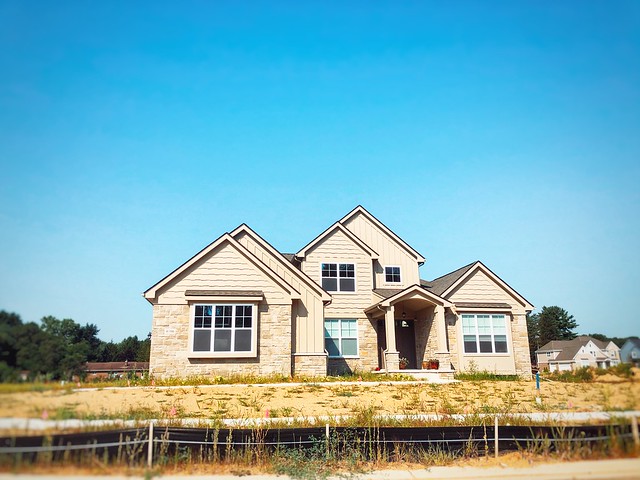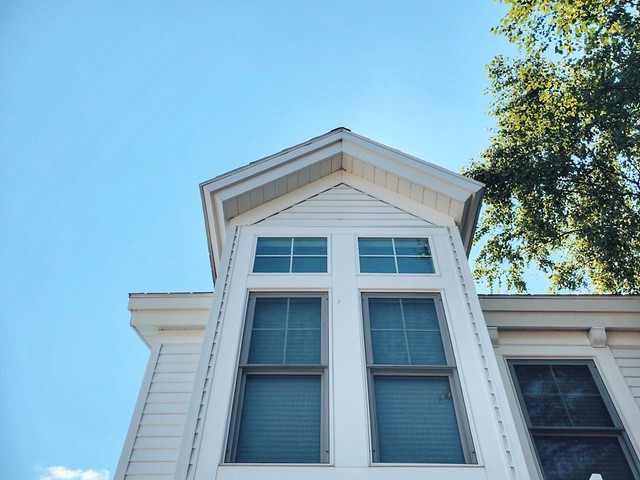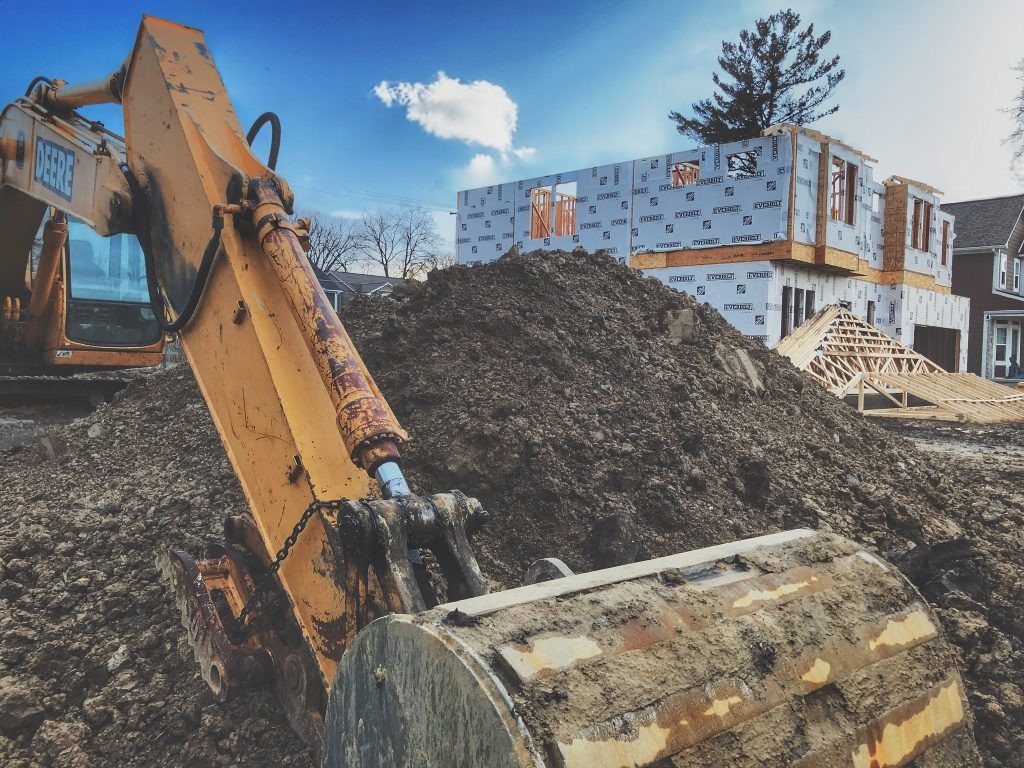When a contract to buy a home is signed, the sale isn’t yet final. But most contract signings result in closed sales a few weeks later, which is why they’re considered a good indicator of where home sales numbers may be headed. The National Association of Realtors tracks contract signings each month with its Pending Home Sales Index. According to the most recent results, the index found contract signings down in December, falling 5.5 percent month-over-month after four consecutive months of gains. Lawrence Yun, NAR’s chief economist, says the decline isn’t too surprising. “After four straight months of gains in contract signings, one step back is not welcome news, but it is not entirely surprising,†Yun said. “Economic data never moves in a straight line. High mortgage rates have not significantly dented housing demand due to greater numbers of cash transactions.†Regionally, the South saw the smallest month-over-month decline, falling just 2.7 percent, while the Midwest dropped 4.9 percent, the Northeast slipped 8.1 percent, and the West decreased 10.3 percent. (source)
